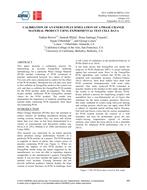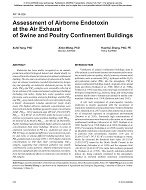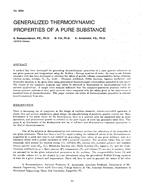Click here to purchase
This paper examines the early performance of the VarennesLibrary, a building designed for net-zero annual energy balancein Varennes, near Montréal, Canada. It produces electricity froma 110.5 kWp building-integrated photovoltaic (BIPV) systemwhere heat is also recovered from a section of the array and usedto preheat the outdoor air intake. The building’s many architecturalandmechanicalfeatureswereintegrallydesignedtoachievethe net zero energy target over a five-year averaging period withseveral key decisions made at the early design stage. Theseinclude the shape, area,andorientation of the roof thatmaximizeselectricity productionfromtheBIPV(partBIPV/T[building-integratedphotovoltaic/thermal with heat recovery]) system and adesign layout that promotes daylight penetration and naturalventilation/freecoolingduringthecoolingseason.In the firstyearafter inauguration, an operational energy use intensity (EUI) of24.8 kBtu/ft2y (78.1 kWh/m2y) was achieved and has since beenreduced to 22.20 kBtu/ft2y (70.0 kWh/m2y). Considering renewablesproduction, the net-energy use intensity (EUI) is 4.60 kBtu/ft2y (14.5 kWh/m2y). This is a 95% EUI reduction over thenational institutional average and can be further reduced withadditional (ongoing) commissioning efforts. Suggested improvementsin operation include ensuring the electricity production isoptimized and any faults corrected, dimming electric lightingwhen daylight is sufficient, extending the hours of natural ventilation,and better utilization of the hydronic radiant slab for thermalstorage using predictive controls. This paper discusses theprocess followed in the design of the library, its key features, itsearly performance, and some of the lessons learned.
Citation: 2019 Winter Conference, Atlanta, Ga, Technical Papers
Product Details
- Published:
- 2019
- Number of Pages:
- 14
- Units of Measure:
- Dual
- File Size:
- 1 file , 8.1 MB
- Product Code(s):
- D-AT-19-008


